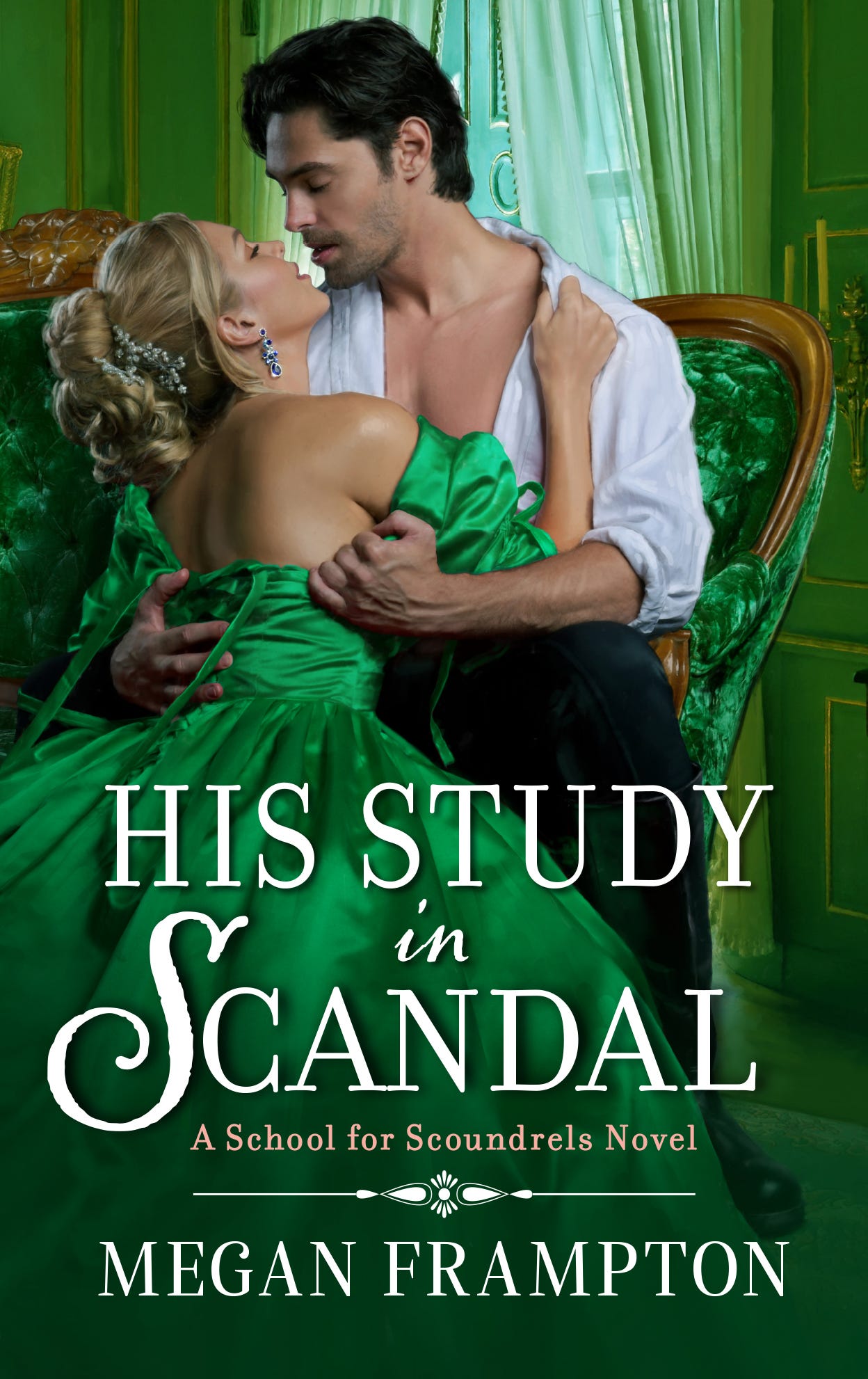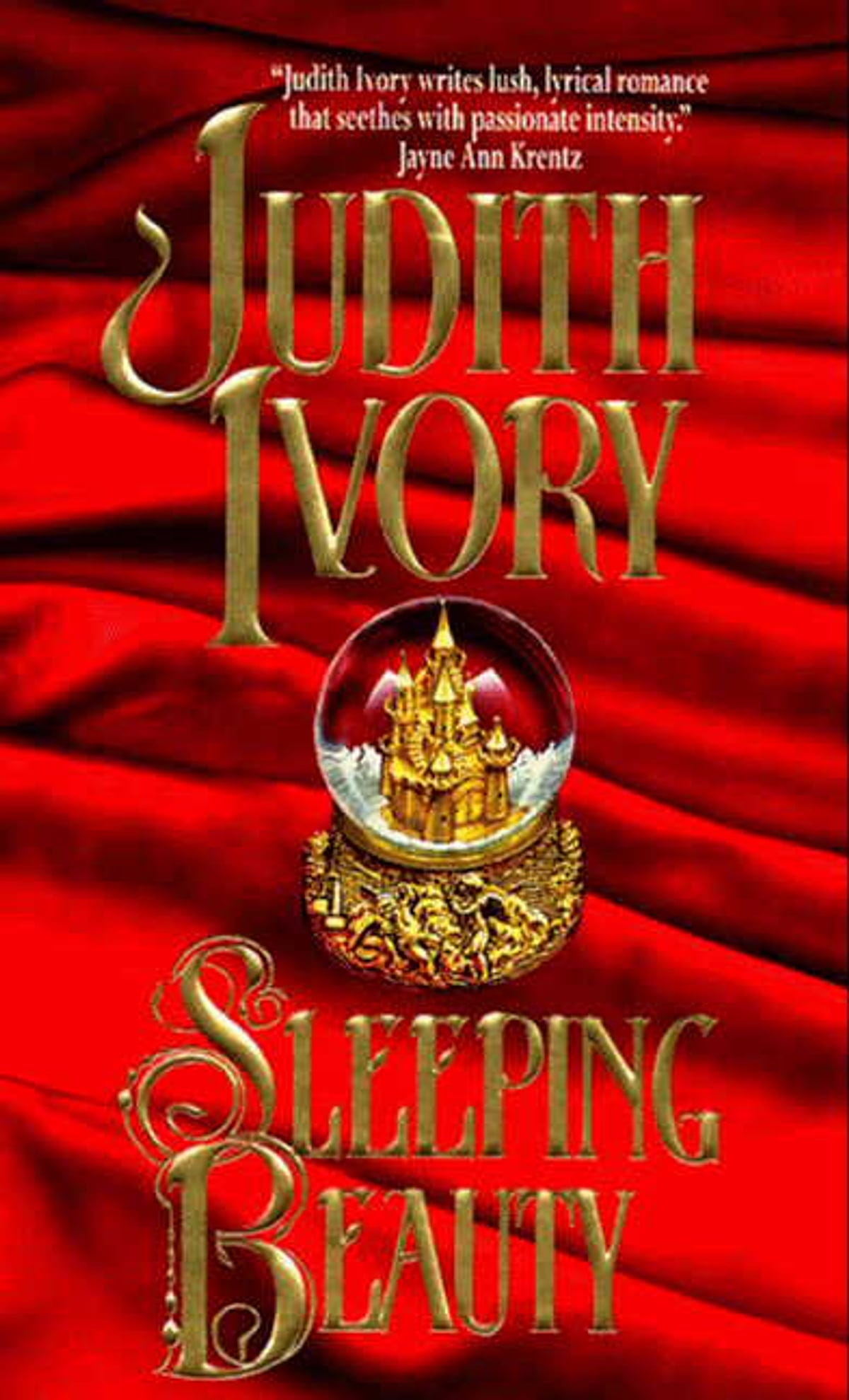His Study in Scandal has been out in the wild for some time now, and many readers are commenting on the age gap–12 years–between the hero and the heroine, with the heroine being the older in the situation. A reader emailed to let me know she and her friend are constantly on the look out for older heroines in romances (hi Freiya!), which was the inspiration for today’s newsletter.
I threw myself a challenge here, since I haven’t (I don’t think) written a heroine who is that much older than her hero. A few years here and there (like me and my husband!) perhaps, but not over a decade.
My guiding thought in tackling the scenario was not to make the conflict between the two of them about age. I thought it’d be boring to have one or the other constantly harp on their age difference, and I don’t know that the age difference would resonate that well with a modern audience (never mind that older men/younger women have always been a regular thing).
But deliberately choosing a forty year-old woman did present other challenges–life in the time period in which I write (mid-Victorian England) defined women by the roles they played in men’s lives, so I had to give my heroine a history. I thought it would be interesting to have her fortieth year be the first one where she was free to make her own choices, and she chose to go to a pleasure garden and hook up with a random hot stranger. Go Alexandra!
Alexandra is now a dowager Duchess, which means she is the widow of the former Duke, while her stepson now holds the ducal title. Once you start looking for older heroines, you realize they mostly come in two flavors: widow or courtesan. Again, defined by their relationship to men; either they were married to men, who were obligated to support them, or they were courtesans, women who relied on men willing to pay them to access their bodies so the women could survive.
Neither choice is ideal, of course, but they were the options most women had at the time. Marriage or prostitution.
There are other historical romances that feature an older woman/younger man, and once again, each falls into one of these two buckets.
The heroine in Bonnie Dee’s The Countess Takes a Lover is a widow, and she is willing to barter favors in order to teach a nobleman’s son “how to be a man.” She is sensual, cynical, and passionate; she is well-aware that it is only her late husband’s title that keeps her respectable in the eyes of Society.
When she and the hero meet, he is unaware of his father’s plans for him. He is an avid botanist, and she engages him in conversation about his flowers. This tactic–asking someone questions about their passion–is a familiar one, especially if the questioner is in a lower perceived position of power (like a female to a male, for example. She comments that after her husband’s death,
“...his money had freed her from society’s constraints and she’d finally begun living life by her own rules. She no longer had to feign interest in every little thing a man said or did. That wasn’t necessary in order to gain what she wanted from them. But she did try to at least understand the passions that made them tick, whether they were hunting, gaming, business, politics or books.”
In this book, the heroine is in control of the situation from the start, and she knows more than the hero does.
Amara Royce’s Never Too Late has another widow, a woman who runs a small bookshop. She meets a young viscount, who has Reasons for wanting to make her acquaintance, but also finds himself attracted to her. He kisses her, and she tells him it is inappropriate, but hardly surprising in her position in life.
“Widows are so frequently assumed to be easy pickings . . . desperate for affection, free of entanglements, already experienced.... I know how men like you view women like me.
I’ve fended off enough attentions from men bound and determined to convince me
that being their mistress is my right and my due.”
Never Too Late’s heroine is flummoxed as to why the viscount is interested, and it takes a while for her to recognize that he finds her attractive. Her awakening is gradual, punctuated by moments like these:
“What struck her keenly was the quiet awareness that she had no such person, whether lover or friend. She knew her work held meaning, but could she truly say she lived?”
Judith Ivory’s Sleeping Beauty’s heroine is a retired courtesan, a woman who’s made enough money to be independent. She meets the hero at the dentist’s (!), and he knows her age–thirty-seven–within minutes. The hero is an actual hero, returned to England with a title bestowed on him for services rendered, only she does not recognize his name. He impulsively asks her to attend a function with him that evening, but she declines, saying, “You are a lovely young man” with the emphasis on ‘young.’ Of course they encounter one another again (at Buckingham Palace), where he learns what she used to do for a living.
“James tried to imagine what a woman could do to merit such gifts. A woman other than one’s wife.
A wicked woman.”
He falls in love first, and pursues the heroine, who is naturally wary. Her reputation is such that she is gossiped about, and is asked to leave a party, but he Lancelots his way to protect her, even though his own reputation will suffer. The book is dated–the hero is a hero because he’s brought back treasures from Africa–but the relationship between the two is nuanced and thoughtful.
Writing an older heroine means that the author has to contrive a backstory that will explain how she has survived, marriage or prostitution being the two usual options. In either case, the woman’s position in life is defined by her relationship with a man or men; when an older woman is the heroine, that is usually the first time she has had the opportunity to make her own decisions. Dealing with that fraught backstory makes for interesting characters, and I hope Alexandra, the heroine of His Study in Scandal, is as interesting as any of these three.
Thanks for reading–who’s your favorite older heroine?







